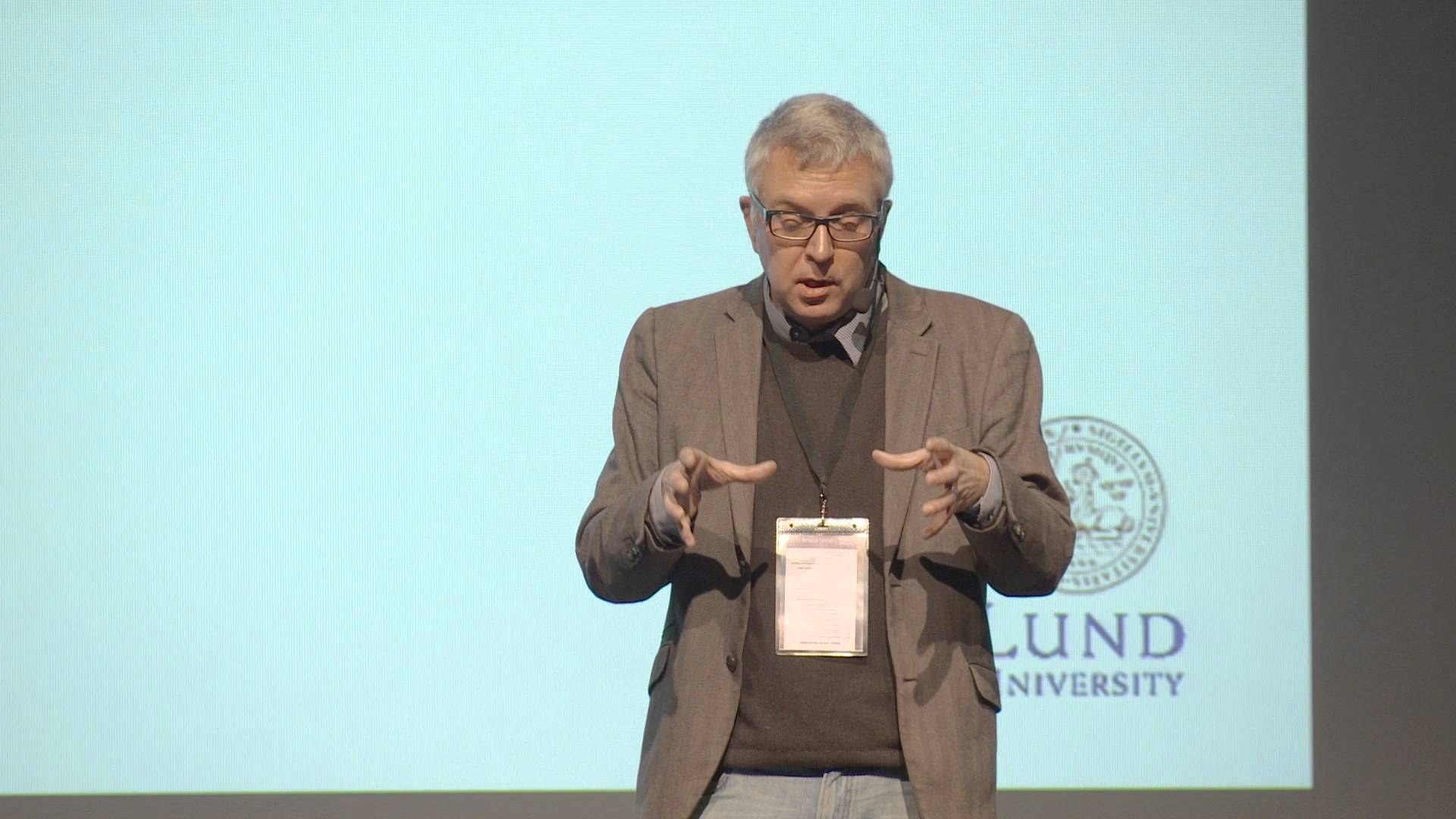Efficient Solvers for Minimal Problems by Syzygy-based Reduction - CVPR 2017 paper

Paper accepted to Computer Vision Foundation main Conference.
Co-authors: Viktor Larsson, Kalle Astrom, Magnus Oskarsson
Abstract
In this paper we study the problem of automatically generating polynomial solvers for minimal problems. The main contribution is a new method for finding small elimination templates by making use of the syzygies (i.e. the polynomial relations) that exist between the original equations. Using these syzygies we can essentially parameterize the set of possible elimination templates. We evaluate our method on a wide variety of problems from geometric computer vision and show improvement compared to both handcrafted and automatically generated solvers. Furthermore we apply our method on two previously unsolved relative orientation problems.
Automatic Gleason grading of H and E stained microscopic prostate images using deep convolutional neural networks

Published 2017, Proceedings of the SPIE, Volume 10140, id. 101400S 7 pp.(2017).
Co-authors: Anna Gummeson, Ida Arvidsson, Mattias Ohlsson, Niels C Overgaard, Agnieszka Krzyzanowska, Anders Heyden, Anders Bjartell, Kalle Aström
Abstract
Prostate cancer is the most diagnosed cancer in men. The diagnosis is confirmed by pathologists based on ocular inspection of prostate biopsies in order to classify them according to Gleason score. The main goal of this paper is to automate the classification using convolutional neural networks (CNNs). The introduction of CNNs has broadened the field of pattern recognition. It replaces the classical way of designing and extracting hand- made features used for classification with the substantially different strategy of letting the ...
Action sequencing in the spontaneous swimming behavior of zebrafish larvae-implications for drug development

Published 2017, Nature Publishing Group.
Co-authors: Tobias Palmér, Fredrik Ek, Olof Enqvist, Roger Olsson, Kalle Åström, Per Petersson
Abstract
All motile organisms need to organize their motor output to obtain functional goals. In vertebrates, natural behaviors are generally composed of a relatively large set of motor components which in turn are combined into a rich repertoire of complex actions. It is therefore an experimental challenge to investigate the organizational principles of natural behaviors. Using the relatively simple locomotion pattern of 10 days old zebrafish larvae we have here characterized the basic organizational principles governing the swimming ...
About research at Neuromathic

Our research is based on Kalle Åströms work in Computer Vision, Applied Mathematics, Geometric Computing and Image Processing.
Kalles research has been instrumental for several startups like Decuma, Cognimatics, Spiideo, Hövding and
others. Some of these companies has been co-founded by Kalle.
Kalle is Professor in Mathematics, Deputy Head of Department at the department for Mathematics at Lund University in Lund, Sweden. Kalle Åström received his B.Sc in Mathematics in 1990, M.Sc. degree in Engineering Physics in 1991 and Ph.D. in Mathematics in 1996 form Lund University, Sweden. His thesis was awarded Best Nordic Ph.D. Thesis in pattern recognition and image analysis 1995-1996 at the Scandinavian Conference in Image Analysis, 1997. He has been a post-doctoral research fellow, associate professor and is now professor at the Centre for Mathematical Sciences, Lund University. His teachings include undergraduate and gradate courses in mathematics, image processing and computer vision. His current research interests include stochastic analysis of low level vision, computer vision for autonomous guided vehicles, geometry and algebra of multiple views of points, curves and surfaces, cognitive vision, handwriting-recognition and medical image analysis. He is a member of the Royal Swedish Physiographic Society and an Associate Editor for the IEEE Transactions on Pattern Analysis and Machine Intelligence. He has previously been president fo the Swedish Society for Automated Image Analysis (1998-2002), member of the governing board of the International Association for Pattern Recognition (1998-2004), member of the scientific advisory board of STFI-Packforsk (2002-2005). He has co-founded three start-up companies Decuma (1999), Cognimatics (2003) and Spiideo (2012). He is the winner of Innovation Cup 1991, for his work on autonomous guided vehicles. Decuma was awarded the EU IST Grand Prize award in 2003, for innovative work on hand-writing recognition.
Kalles current more public research projects are among many other initiatives:
Continuous surveillance of animal welfare
ELLIIT
eSSENCE
MAPCI - Lund Positioning Laboratory
Quality Enhancement in Laboratory
Tests
Video In Traffic
WASP
WASP is indeed worth menitioning specifically.
Wallenberg Autonomous Systems and Software Program (WASP) is Sweden’s largest ever individual research program,
and provides a platform for academic research and education, fostering interaction with Sweden’s leading technology companies. The program addresses research on autonomous systems acting in collaboration with humans, adapting to their
environment through sensors, information and knowledge, and forming intelligent systems-of-systems. Software is the main enabler in autonomous systems, and is an integrated research theme of the program. WASP’s key value is Research
excellence in autonomous systems and software for the benefit of Swedish industry.
Kalle is on the advisory board for this eminent program and the AI projects are abundant.
View Kalles profile at Researchgate.com, at the Department for Mathematics, or Google Scholar